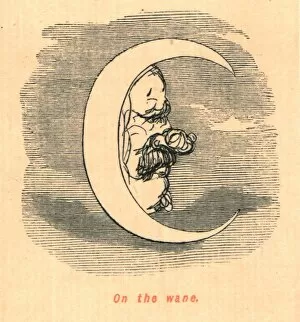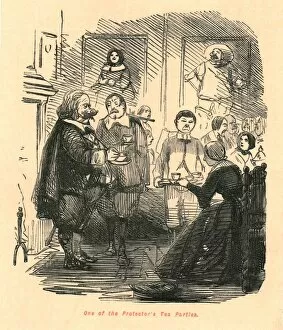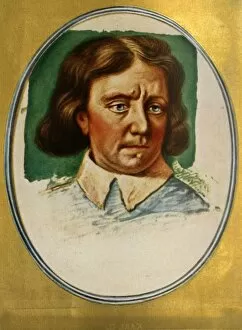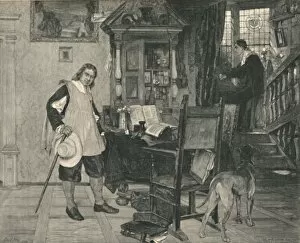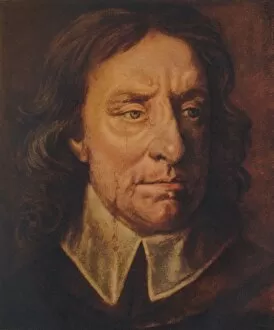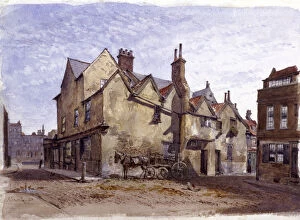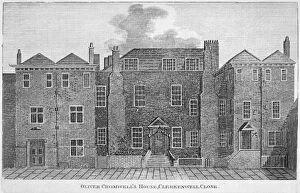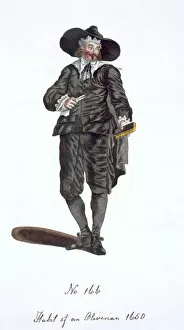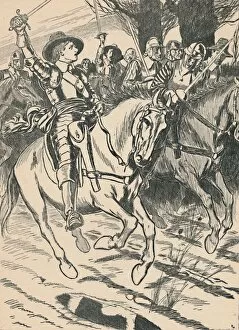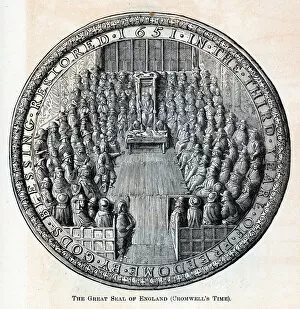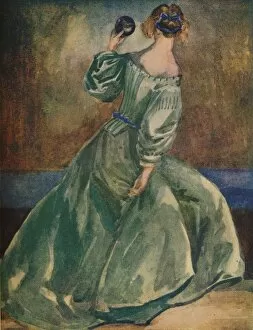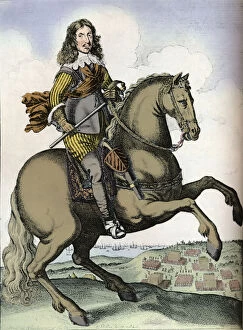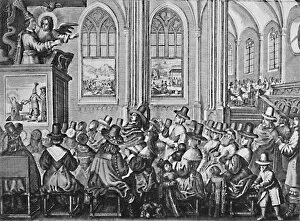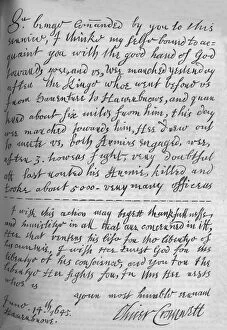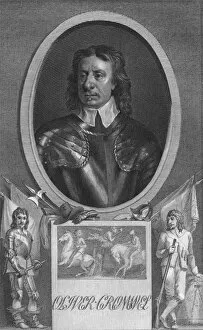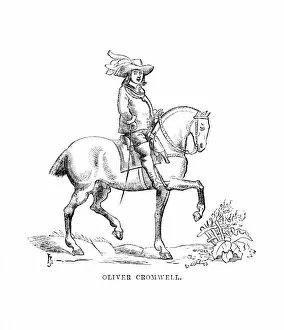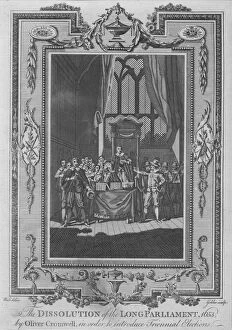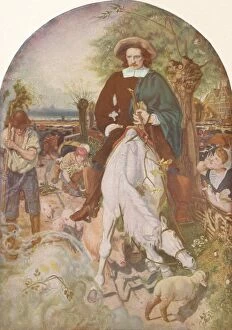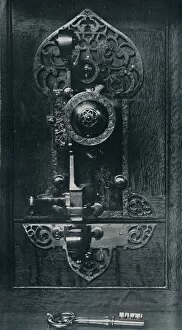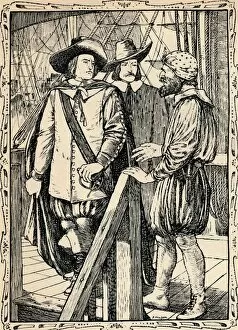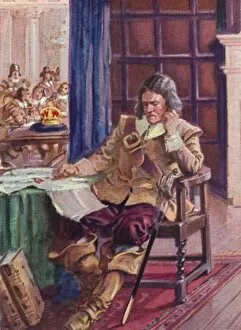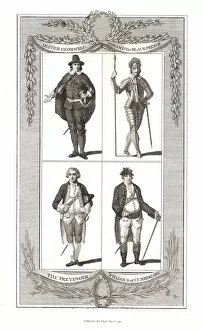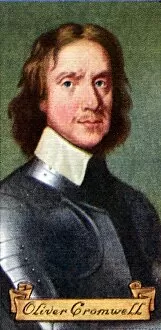Oliver Cromwell Collection (page 8)
Oliver Cromwell: A Complex Figure in English History Step into the world of Oliver Cromwell, a man who left an indelible mark on English history
For sale as Licensed Images
Choose your image, Select your licence and Download the media
Oliver Cromwell: A Complex Figure in English History Step into the world of Oliver Cromwell, a man who left an indelible mark on English history. From his role in the English Civil War to his controversial reign as Lord Protector, Cromwell's life was filled with triumphs and controversies. In Michael Reeves' Witchfinder General (1968), we catch a glimpse of Cromwell's era through a film poster that captures the dark atmosphere of those times. The Battle of Naseby, 1645, depicted by Dupuis in 1727 and again in 1944, showcases one of Cromwell's most significant victories during the civil war. Cromwell's military prowess is further highlighted by paintings such as "Oliver Cromwell at Edgehill" and "A View of Cromwells Castle. " These artworks transport us back to key moments where he fought for his beliefs and shaped England's destiny. But there is more to this complex figure than just battles. Vintage portraits like "Portrait (1599-1658) in Armour" reveal his stern countenance while also showcasing a seascape and battle beyond—a reminder that he was not only a soldier but also an influential statesman. The influence extended beyond himself; it encompassed his family too. In "Cromwells Family, Interceding for the Life of Charles I, " we witness their plea for mercy amidst political turmoil—an emotional scene captured on canvas forever. To fully understand this period, we must explore other aspects as well. Palaeography examples from the seventeenth century give us insight into historic writing styles prevalent during that time. Additionally, John Owen—English theologian—provides valuable context about religious influences during this tumultuous era. As we delve deeper into history, it becomes clear that Oliver Cromwell played a pivotal role between two eras—the Stuarts and the Commonwealth.

